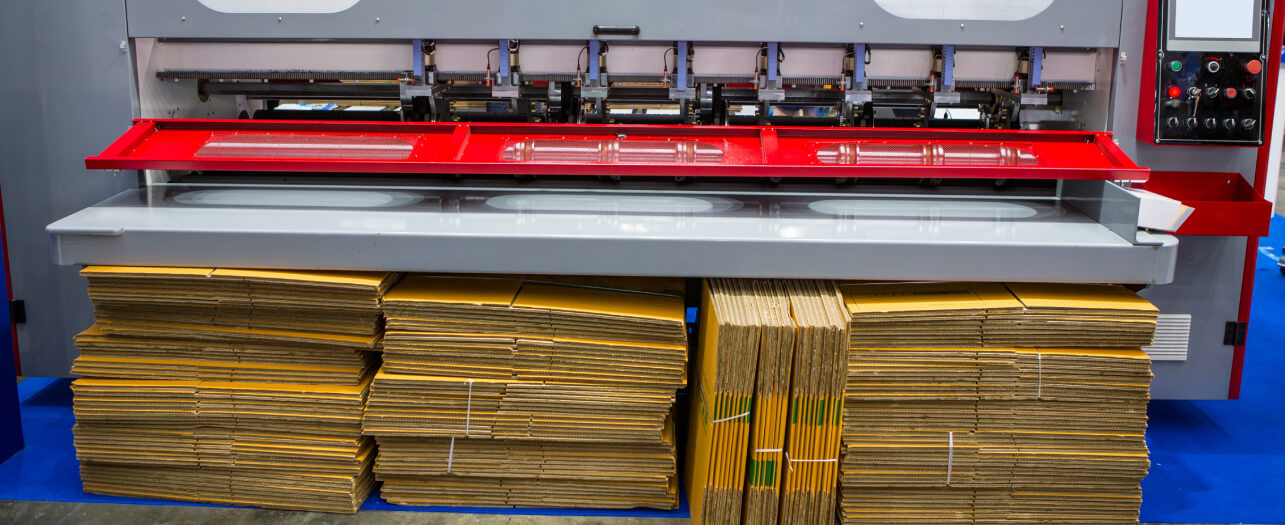In large companies operating industrial facilities and factories with a lot of logistical overheads, waste management can be a nightmare to deal with. Baler Machines are the solution to this nightmare, and available in many options. Different types of baler machines are useful in different scenarios and for different kinds of industrial applications. More often than not, baler machines are used for waste disposal. However, there are also other applications where they’re used, like farms that need to organize haystacks into bales. This guide will help you identify these types and make an informed purchase decision.
Understanding your logistics requirement
Before you explore the types of waste balers available in the market, you need to understand what you need them for. Baler machines are essentially tools used to compress loose materials or waste into dense, compact bales that are much easier to manage logistically and organize in tight spaces. Their purpose goes beyond just waste management as they can be used to facilitate material transport and warehousing operations.
What are the types of balers available for industrial operations?
Balers are chosen depending on the type of material to be baled, material loading methods, required purity, required dimensions for transport and milling, and throughput. Below are the most common types of balers:
1. Vertical Balers: Sometimes referred to as downstroke balers, these machines use vertical downward force to compress materials. These balers are ideal for small to medium-sized businesses that generate low to moderate volumes of waste. They are designed to handle various materials, including cardboard, paper, plastic, and textiles. Vertical balers are available in different sizes and can produce bales ranging from 30 to 1,100 pounds. This makes them incredibly versatile options for companies and organizations that require a baling solution for multiple purposes, especially as plastic waste balers.
2. Horizontal Balers: Horizontal balers are generally designed for large-scale operations that generate high volumes of waste. In addition to the materials that vertical balers can handle, horizontal balers also come in customized options to handle special materials like non-woven textiles, foam, tyres and aluminium cans. Horizontal balers are available in different sizes and can produce bales ranging from 500 to 2,000 pounds. Horizontal balers are capable of operating in heavy-duty environments.
3. Liquid Extraction Balers: Staying true to their name, liquid extraction balers are specialized balers which are used for extracting liquids from materials such as aluminium cans, plastic bottles and other containers of liquids. This makes them ideal for recycling facilities that process large volumes of these materials. Additionally, they can also be used to prevent contamination and responsibly disposing of hazardous residues and liquid materials. Liquid extraction balers are made of parts that are coated with anti-wear and corrosion paint. This is to prevent liquids from degrading parts of the baler. Additionally, they feature a closed-loop catch system that captures the extracted liquid. This allows for clean and efficient liquid collection and discharge.
4. Ferrous Balers: Ferrous Balers are incredibly durable machines which are purpose-built to handle tough scrap metal. They usually feature large openings allowing them to compress larger volumes of material. They come in both portable and stationary models and are built more ruggedly than other balers. Ferrous balers differ from two-ram balers in several ways. First, they usually have a long charge box that also serves as the baling chamber; and finally, bales are not tied off. Ferrous balers can be categorized as two- or three-compression or three-ram. In a two-compression model, one side or wing door squeezes the material along with the main ram. In a three-compression model, both sides or wing doors squeeze the material along with the main ram, or one side, a top lid and the main ram. All rams and compression tops and sides are hydraulically operated. A three-ram model has a main compression ram, another one that compresses from the top, and a third one that ejects the bale. Material is fed into the baler with a crane. Ferrous balers produce bales that are normally 24-inch cubes and are about 60 to 70 pounds per square foot in density.
Track Balers: These balers are mobile balers with a caterpillar track. This allows them to be driven or remotely operated and moved towards the materials that need to be baled. They're usually used as trash balers for compacting heaps of scrap and industrial waste in dumping grounds or industries that generate a lot of waste material. They significantly reduce the amount of handling necessary for baling scrap material. The elimination of handling reduces cost, saves time, and improves efficiency. The size of a track baler makes it possible to load several tons of scrap that can be compressed and sheared. Additionally, these balers can be rented or hired, eliminating the need for purchasing a baler machine altogether. The movement and compression process of a track baler can be remotely operated.

How did baler machines emerge as an industrial application?
Balers were first introduced in the 1930s to help farmers manage the size of haystacks. Before automatic balers, hay was cut manually and gathered into haystacks using rakes and forks. The first automatic balers were round balers called Roto-Balers, launched in 1947 by Allis Chalmers. Other types of balers also emerged, such as rectangular and small square balers. Both were used for agriculture. Early scrap material balers were in the form of compactors patented by MS Wells in 1941 as a means for compacting oil cans. Come the 1970s, these were further developed to compact household wastes by using hydraulic pressure from water lines.
In conclusion, baler machines are an essential tool for businesses that generate waste. They are designed to handle a wide range of materials and can produce bales of different sizes. The most common types of balers are vertical balers, horizontal balers, liquid extraction balers, ferrous balers, and track balers. By choosing the right type of baler, businesses can reduce their waste volume, save space, and improve their recycling efforts.


